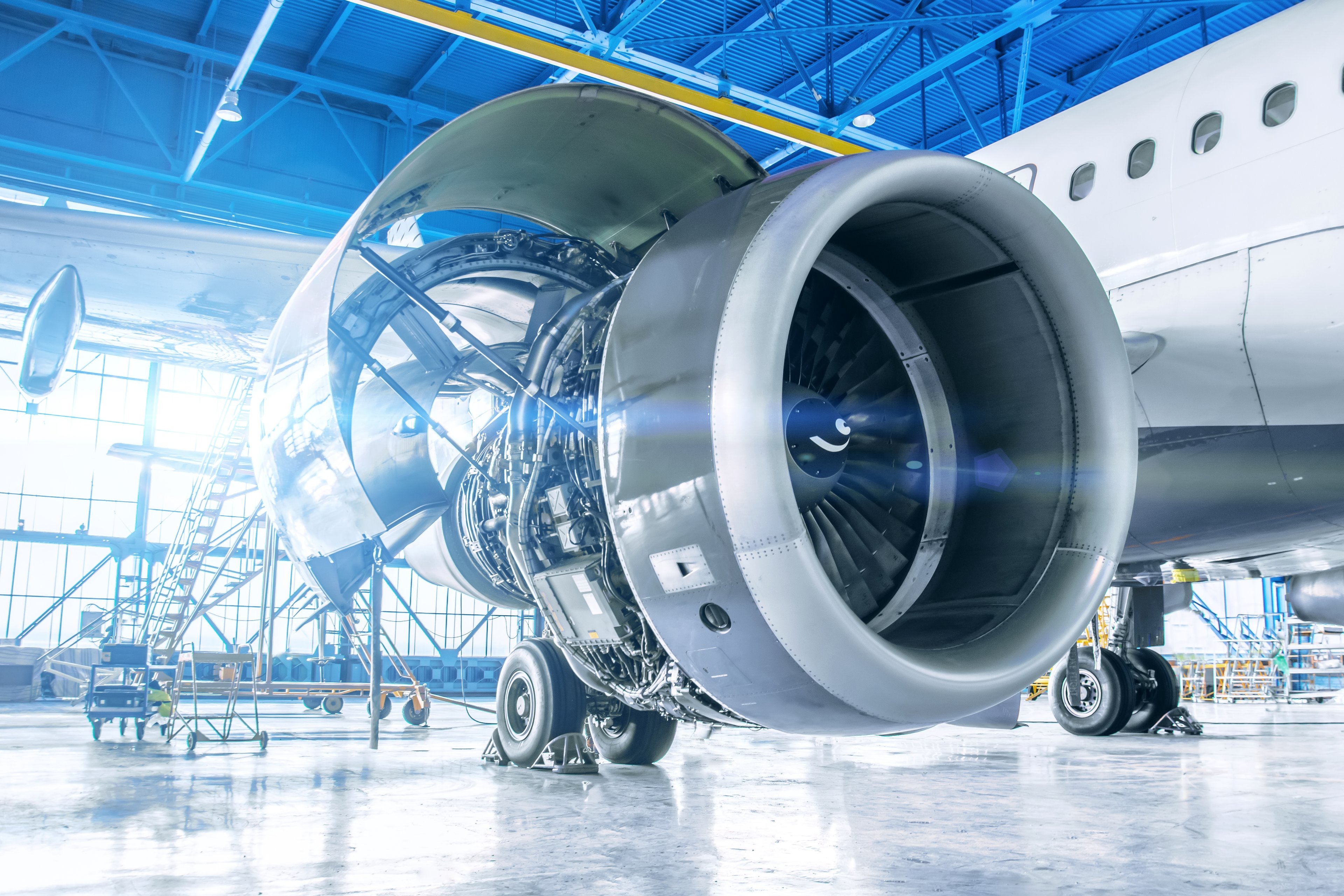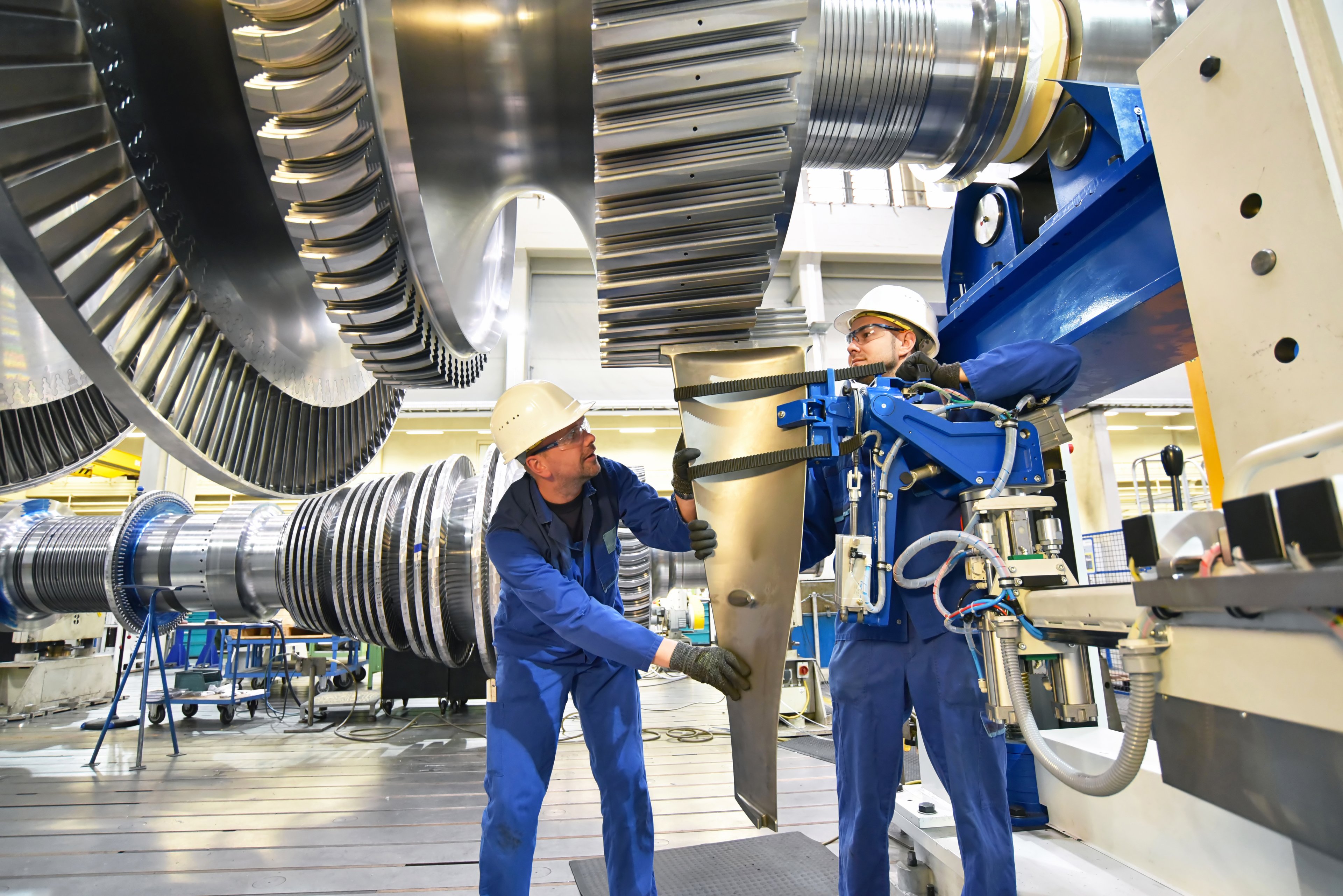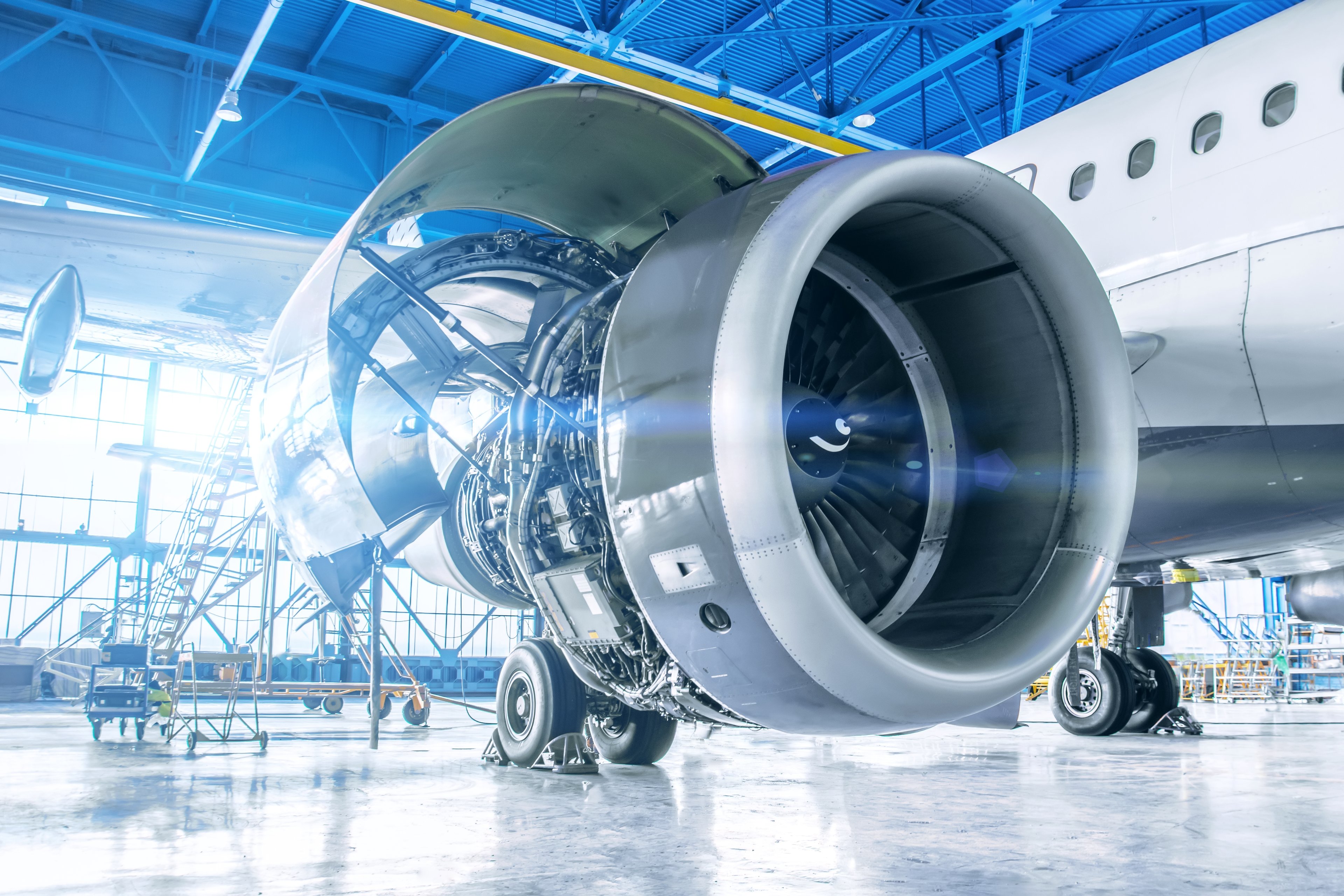GE Aerospace's (GE 0.51%) joint venture, CFM International, and RTX's (RTX 0.65%) Pratt & Whitney produce rival engines in the Airbus A320neo. In addition, the CFM engine, LEAP, is the sole engine option on the Boeing 737 MAX. Together, these two narrowbody aircraft are the workhorses of the sky. It's difficult for ordinary travelers to tell the aircraft apart, and even harder to distinguish the engines on the Airbus A320neo. However, that's all set to change in the future, because the CFM technology demonstrator, RISE, could revolutionize the aerospace industry.
Why it matters
Aircraft engines are a hugely essential factor in the industry. Both GE Aerospace and RTX's Pratt & Whitney rely on the same business model. They spend billions on researching and developing aircraft engines, selling them to airlines at a loss, but generating lucrative aftermarket revenue over decades. It creates an unusual dynamic where selling more engines (good) generates near-term losses, but adds significant long-term value to GE and RTX.

NYSE: GE
Key Data Points
As such, engine manufacturers must be a certified engine supplier on a new aircraft program. In addition, they must demonstrate efficacy and reliability on airplanes to compete for engine orders, as is currently the case on the Airbus A320neo family of airplanes.
New engines are not only critical to GE Aerospace and RTX but also an essential part of Boeing and Airbus' development plans and the aerospace industry at large. Consequently, GE (via CFM International), RTX, and the UK's Rolls-Royce are competing over the development of engines for the next generation of narrow bodies.
The next generation of engines and airplanes
The two (airplanes and engines in development) can't be separated, not least because they are developed in concert. It's likely to be a fierce battle with RTX's Pratt & Whitney electing to evolve its geared turbofan (GTF) engine, currently used as one of the two options on the Airbus A320neo.

NYSE: RTX
Key Data Points
However, CFM International is taking a revolutionary path. RISE stands for Revolutionary Innovation for Sustainable Engines, which includes an open fan architecture. As you can see below, the engines won't have a traditional case (nacelle) and look vastly different from current engines, or the GTF in development by Pratt & Whitney.
The unducted fan (meaning it doesn't have the nacelle around it) allows for a larger diameter fan, which can move more air around the engine (bypass flow) relative to the volume of air moving through the engine (core flow), giving it a higher bypass ratio and therefore more efficiency. For reference, it's the bypass flow that's responsible for most of the thrust.
According to GE Aerospace, the LEAP engine "has a bypass ratio of 11:1." However, "an open fan could achieve a bypass ratio above 70:1. And this translates to a 20% reduction in fuel and emissions compared with the most advanced engines flying today."

Image source: CFM International.
Boeing and Airbus
Unfortunately, Boeing's difficulties with the 737 MAX in recent years and the debt taken on during the pandemic mean the company needs to improve execution and ramp 737 MAX production before embarking on starting development of a new airplane. Still, it's widely reported that it issued a request for information to engine manufacturers for a ducted propulsion system. This would imply it's not looking to use an open fan architecture as developed in CFM's RISE program.
What's not in doubt is CFM's commitment to open fan technology, with a spokesperson recently noting, "As part of the CFM RISE demonstration program, we're advancing innovative new technologies to meet our customers' needs and believe Open Fan is the most promising path to achieve a step change in efficiency and durability."
Airbus is collaborating with CFM on RISE and intends to conduct flight tests of an Airbus A380 by 2030 . Additionally, Airbus has highlighted the potential of open fan technology.

Image source: CFM International.
Where next for the industry?
It will be many years before Boeing and Airbus bring new narrowbodies into service, but the research & development work will need to be completed in advance. If Boeing adopts a ducted propulsion approach, and Airbus adopts an open fan approach, then its airplanes and engines will look significantly different in a decade's time.
RTX's approach of continuously improving its existing GTF technology is arguably less risky, but CFM's open fan could revolutionize the industry. Under these circumstances, Boeing could end up at a competitive disadvantage if it doesn't adopt open fan architecture and Airbus does. Another way of looking at it is that Boeing's financial position doesn't allow it to take the lead in new airplane development, and it may well adopt open fan architecture in the future if it proves successful.
Whatever the various outcomes will be, the stakes are rising for RTX and GE, and investors need to factor that into their thinking about the stocks before we get there.







